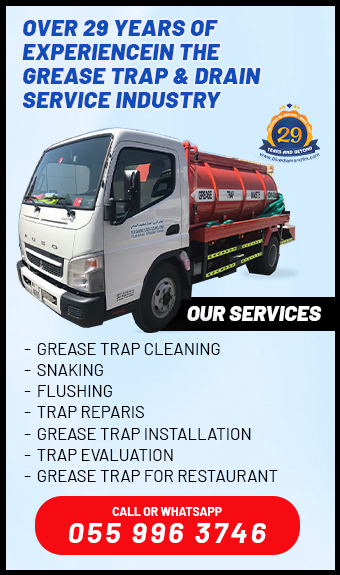Why Grease Trap Records Matter in Dubai
Dubai’s food service sector is experiencing more frequent Dubai Municipality inspections as authorities tighten oversight of wastewater, hygiene, and environmental stewardship; maintaining accurate Grease Trap Maintenance Records is now a frontline compliance requirement that evidences systematic control of FOG (Fats, Oils & Grease) and protects your license, reputation, and drainage infrastructure.
Grease Trap Maintenance Records underpin restaurant compliance Dubai outcomes because they prove that FOG capture, cleaning frequency, and licensed waste removal are executed proactively rather than reactively, reducing risk of blockages, odors, pest attraction, and enforcement action.
What Are Grease Trap Maintenance Records?
Grease Trap Maintenance Records are the structured set of documents (physical or digital) that demonstrate installation, inspection, cleaning, pumping, disposal, and oversight of grease control systems—typically including service logs, cleaning dates, volume / fill-level notes, technician signatures, provider licenses, and waste manifests.
Manual paper logs remain acceptable, but migration to digital platforms (e.g., FoodWatch) strengthens traceability, mitigates loss or illegibility, and accelerates verification during Dubai Municipality inspections, making digital Grease Trap Maintenance Records a best practice.
Retention should cover the current operating year plus prior cycles so trend analysis (e.g., shortening intervals as load increases) can be shown—an inferred best practice aligned with the breadth of documentation the Food Code expects food establishments to produce. (Inference from listed record categories in Food Code.)
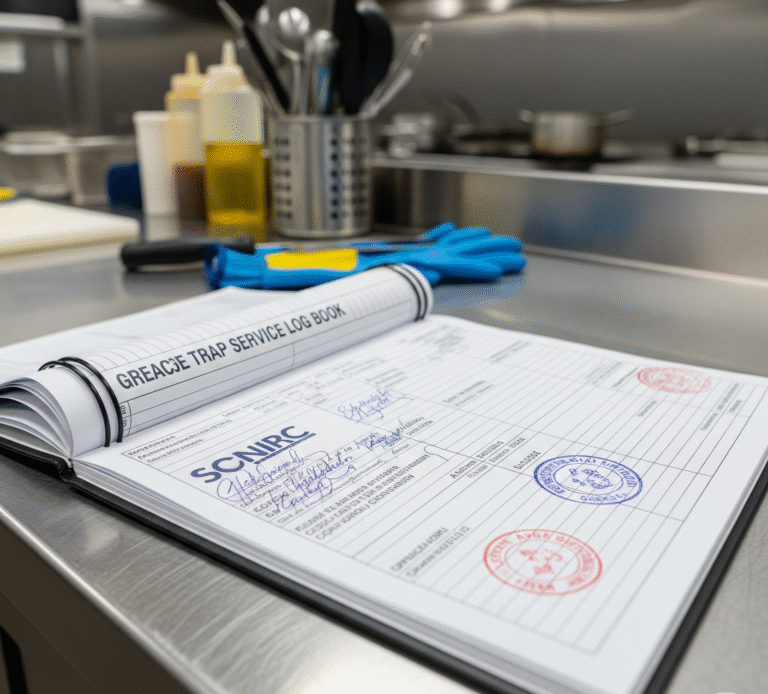

Dubai Municipality Guidelines: What Inspectors Look For
Inspectors verify that Grease Trap Maintenance Records identify each trap (location, type, capacity), cleaning or pumping dates, measured fill condition (not exceeding the 25% “1/4 rule”), and planned frequency aligned to kitchen output.
They review proof that licensed / approved service providers performed the work—service company name, trade or activity license data, and in some cases Food Watch registration reference; without this, records lack legal sufficiency for grease trap compliance UAE.
Waste transport and disposal manifests (showing authorized carrier and destination) are checked to ensure FOG waste tracking integrity and prevent unlawful dumping; these manifests become core Grease Trap Maintenance Records elements.
Contracts, cleaning programmes, and supplier/source details listed in the Food Code support inspector confidence that your program is systematic, and thus they often request these alongside daily / periodic grease trap logs.
Signatures (technician + internal PIC / supervisor) confirm accountability; unsigned Grease Trap Maintenance Records are a frequent reason for extended review or corrective action.
Common Mistakes That Lead to Non-Compliance
Relying on ad‑hoc or incomplete Grease Trap Maintenance Records (missing dates, fill levels, provider license numbers) weakens your defense during Dubai Municipality inspections and suggests reactive management.
Using unlicensed or non‑registered cleaners erodes the evidentiary value of your grease trap documentation UAE because manifests and service reports may not match regulatory databases.
Exceeding the 25% capacity threshold or allowing intervals to drift (e.g., beyond 1–4 week norms for busy kitchens) signals failure to align to recognized preventive standards in your Grease Trap Maintenance Records.
Backdating, “catch‑up” logging, or omitting disposal receipts undermines credibility and can escalate enforcement actions tied to restaurant compliance Dubai obligations.
Best Practices for Maintaining Compliant Records
Implement a predictive calendar anchored to measured fill rates so Grease Trap Maintenance Records show proactive interval adjustments rather than static scheduling.
Adopt Food Watch or comparable digital logging workflows to integrate service events, manifests, and provider credentials with real‑time visibility for internal audits and external Dubai Municipality inspections.
Vet and retain only municipality‑approved FOG waste contractors; documenting their license and manifest sequence numbers elevates the compliance value of your Grease Trap Maintenance Records.
Conduct internal monthly audits: verify last service date, next due date based on trend, manifest completeness, and back‑of‑house staff awareness—then record the audit itself to extend the defensibility of the Grease Trap Maintenance Records set. (Inference tying audit practice to regulator record scope.)
Use standardized templates capturing: trap ID, pre‑service FOG depth (%), solids, corrective actions, disposal manifest number, and dual signatures—raising data consistency within Grease Trap Maintenance Records.
Benefits of Organized Grease Trap Maintenance Records
Well‑structured Grease Trap Maintenance Records accelerate inspection cycles, reducing business disruption and freeing management time.
Accurate records enable early identification of abnormal FOG loading (e.g., sudden rise in weekly fill %) allowing timely operational adjustments that prevent clogs and emergency plumbing incidents.
Comprehensive documentation strengthens environmental stewardship posture as UAE sustainability and climate legislation elevates waste accountability expectations for the hospitality sector.
Solid Grease Trap Maintenance Records enhance brand trust with regulators, landlords, and potential audit partners, reinforcing a culture of continuous compliance.
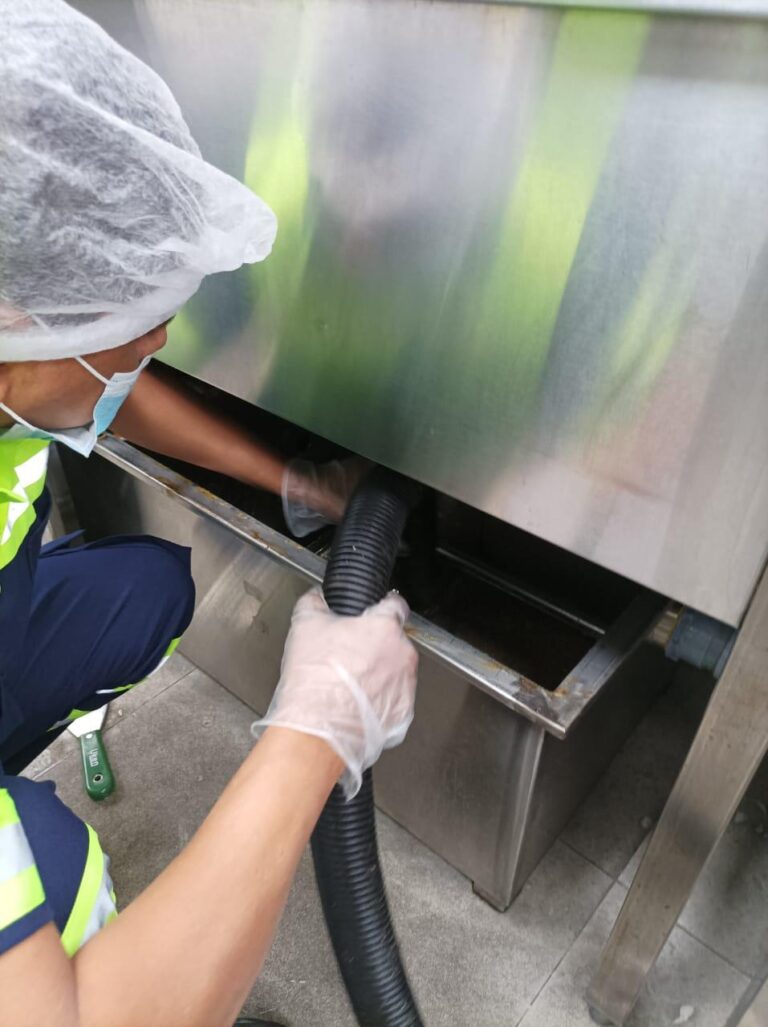
Stay Compliant, Stay Operational
Proactive, verifiable Grease Trap Maintenance Records turn inspections from risk events into routine validations—protecting hygiene ratings, licenses, and plumbing assets; now is the moment to audit gaps, digitize logs, and align with licensed FOG partners before your next Dubai Municipality inspections cycle.
Conduct an internal documentation audit this week; consolidate all Grease Trap Maintenance Records (contracts, logs, manifests) and engage with Blue Diamond team, to close any gaps.
Most Frequently Asked Question
They should list trap ID/location, service dates, fill level (preferably % or 25% rule reference), provider license details, disposal manifest numbers, and signatures—preferably stored in Food Watch.
Cleaning typically occurs every 1–4 weeks or before the trap exceeds 25% combined FOG and solids capacity; smaller under‑sink units or heavy fry operations may require weekly attention.
Yes—absence or incompleteness of Grease Trap Maintenance Records can contribute to citations, corrective notices, or operational disruption during inspections.
Using licensed, municipality‑approved contractors is expected; unlicensed providers erode the credibility of your grease trap documentation UAE and may invalidate manifests.
Food Watch registration is required for approved grease trap cleaning companies, and digital integration enhances traceability—adopting it strengthens inspection readiness
It’s the threshold stating the trap should be cleaned once FOG plus solids reach roughly one quarter of total capacity to avoid functional loss and regulatory risk.
Our Services
Our step-by-step guide simplifies the cleaning process, ensuring a hassle-free experience while keeping your traps clean.
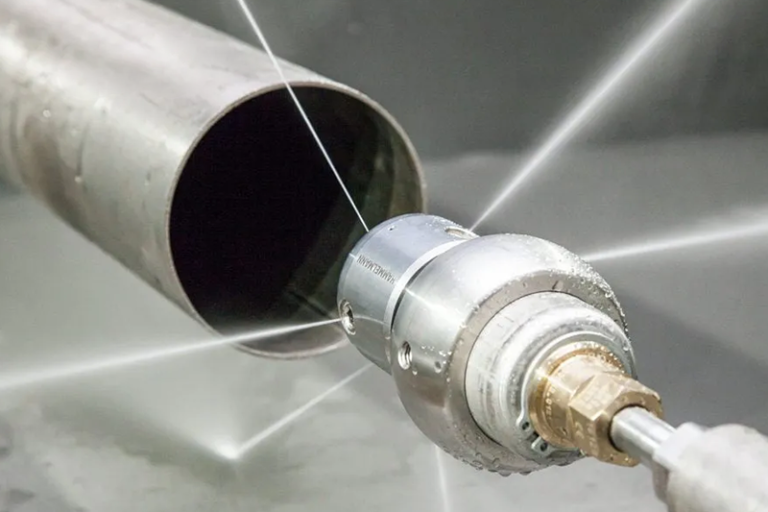
Drain Line Jetting
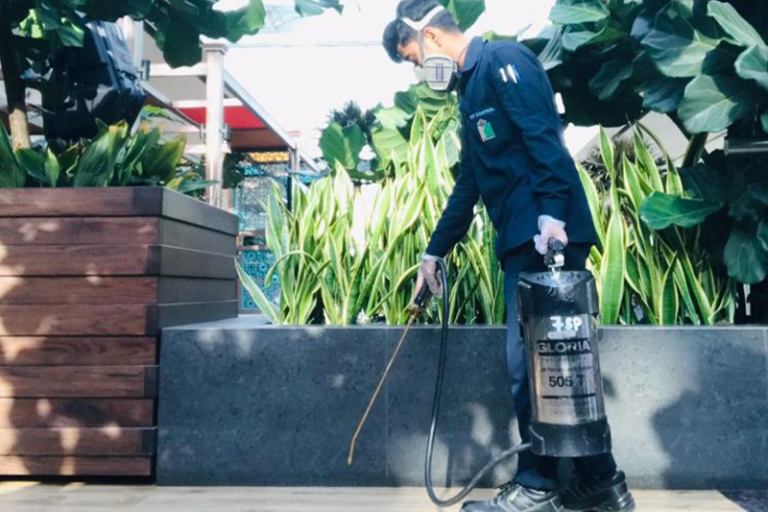
Pest Control Service
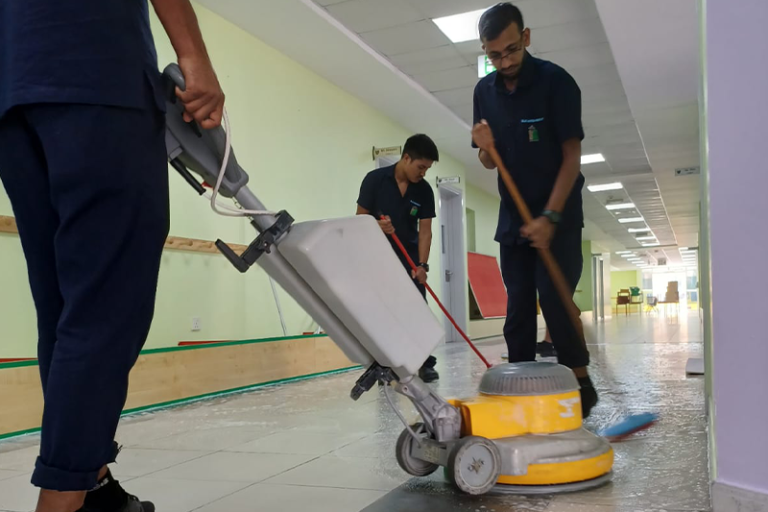
Deep Cleaning
business
Our Working Process
Let’s start the journey towards success and enhance revenue for your business. Take your company to the next level.
Book An Appointment Today
Blue Diamond would like to hear from you. if you have business inquiries. Get in touch with us.





